It depends on your learning style. I think you need both textbook and lab experience to truly grasp the concepts. Are there any hacker spaces near you?
There are countless explanations about transistors around. They're all written with different audiences in mind. Some focus on the underlying physics, some focus on the applications, others focus on intuition. You'll have to keep reading (and working problems, and building circuits) until you find one that vibes with you.
As others have pointed out, there's CircuitLab. If you have an iOS device, you can try iCircuit, which does animate the current flow. Then there are the countless SPICE distributions. I personally like Multisim. Mouser makes a free version available.
To put in my two cents about transistors: a transistor is what you make of it.
You can think of it as a black box. That is, it's a three terminal device that defines some relationship between the voltages and currents. Ideally, if you apply a voltage between two terminals, then the current through the third terminal is completely determined.
The specific nature of this relationship depends on the type of transistor you're using. FETs have a square law relationship: the output current is proportional to the square of the input voltage. BJTs have an exponential relationship. Vacuum tubes have a 3/2 power law.
With this magic black box, you can build lots of useful things. The two most popular applications are amplifiers and switches. For a voltage amplifier, the goal is to have a small wiggle in voltage at some terminal generate a bigger wiggle at another terminal. If we apply this small voltage to our controlling transistor terminal, then we get an output current that that scales exponentially or quadratically, and then we can convert this to a voltage. As a switch, if you apply zero voltage between the controlling terminals, then the output current goes to zero. The device shuts off.
This is a gross oversimplification, but I think that captures the main idea. The devil is in the details. Real transistors have lots of requirements to keep them operating in a desirable way. It'd be great if such a magic ideal transistor existed- we'd have incredibly spec'd electronics with amazing battery life! However, device engineers and physicists can only give us devices that roughly approximate this ideal transistor.
For FETs, there's a threshold voltage that must be met before the device will turn on. There's also a fourth terminal (body) that can influence device behavior. If the output voltage is below a certain level, it behaves more like a resistor. Beyond a certain level, it acts like a current source. Oh, and that output current has a slight variation based on that output voltage. And if you're talking about short channel FETs, that square law relationship isn't really true anymore. For BJTs, that input voltage also has to supply some current as well (You will doubtless run across arguments over whether a BJT is voltage or current controlled. It is both; you can't have one without the other.). Then there are parasitic capacitances that affect the transistor operation at high frequency. And on and on and on.
There is always more to learn. I am still learning. Hope this helps.

